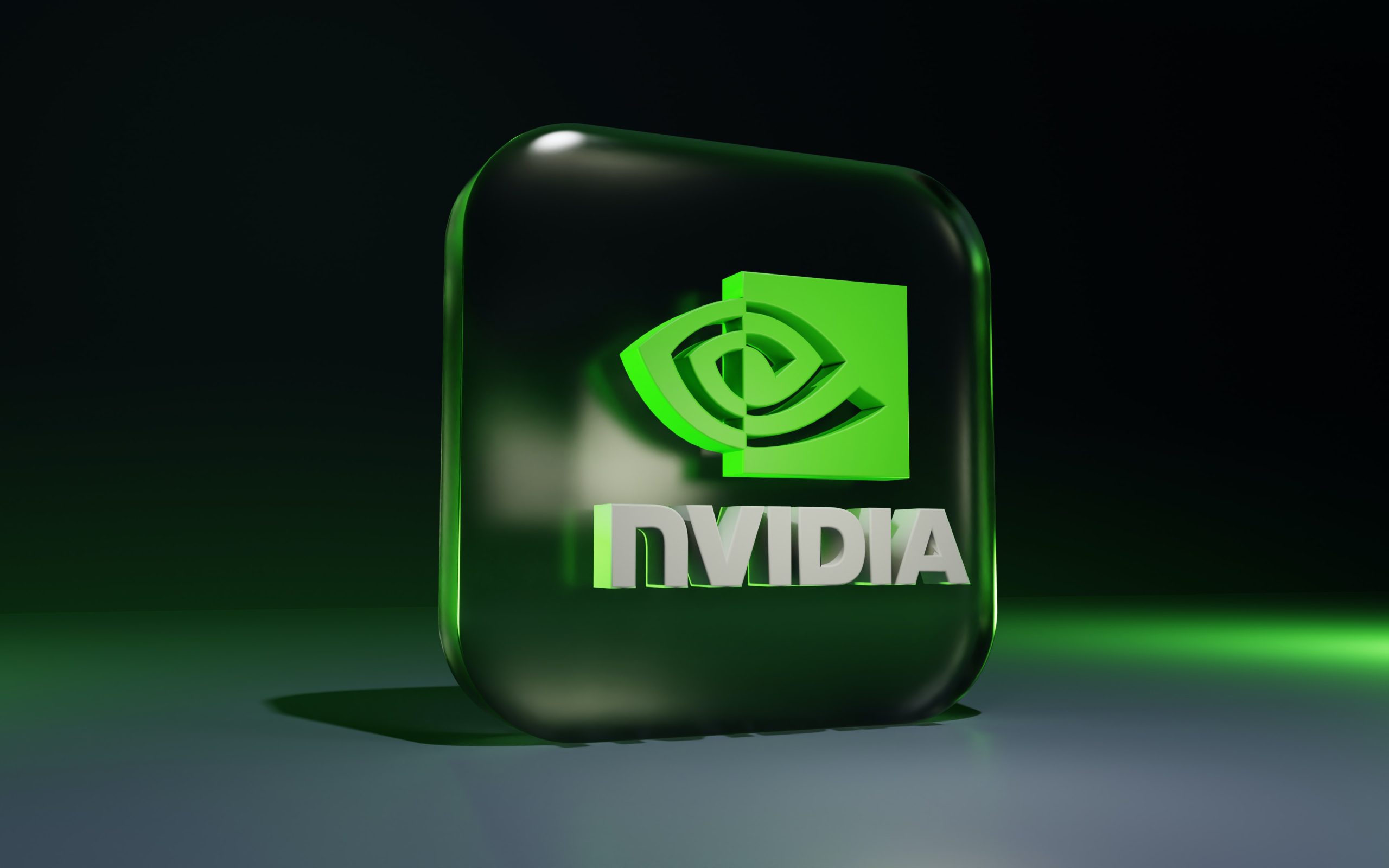News
Nvidia AI-Driven Boom: The GPU Maker Gains Billions

When it comes to graphics cards for video games, there’s no better company than Nvidia (unless you’re an AMD, or Apple fan, of course). The company excells at making graphics for video games and work, complementing computer systems all over the globe. However, in recent years, the GPU maker started implementing artificial intelligence in its projects leading to an Nvidia AI-driven boom, generating $180 billion in revenue.
This bold bet made a surge in demands for AI-powered graphics chips, especially after ChatGPT, a generative language model based on GPT-3 and GPT-4 developed by OpenAI, enjoyed the popularity it does.
These days, we see the emergence of new AI tools on a daily and weekly basis, and each one of them offers a unique experience. They automate a lot of tasks that would normally take ages, and make everyday workflow easier.
These generative systems are trained on colossal volumes of data. That data is stored in data centers that due to their volume need powerful servers to process it.
That being said, powerful AI-powered hardware that Nvidia manufactures came in handy for many AI systems that we see today, accelerating the development times and reliability of those AI models. All that ultimately led to the Nvidia AI-driven boom.
According to a recent report from CB Insights, Nvidia holds about 95% of the GPU market for machine learning. That means that the companies that work on AI-driven products use Nvidia’s AI-powered graphics chips to leverage AI technology.
According to the report, last year Nvidia generated 15 billion Dollars in revenue which is about 40% more than the year before. This vast revenue also means that gaming is no longer the main source of income for Nvidia, but that it has now prioritized machine learning as a result of the new Nvidia AI-driven boom.
On top of that, on May 24, Nvidia released a statement about its first-quarter results, and it doesn’t shy away from sharing its success.
According to the statement, the company plans to increase the production of its machine-learning chips to keep up with the demand of the Nvidia AI-driven boom. Its AI chips that are designed for data centers cost about $10,000, but as it improves the company will raise this price further.
“The computer industry is going through two simultaneous transitions — accelerated computing and generative AI,” said Jensen Huang, founder, and CEO of NVIDIA, said in a statement. “A trillion dollars of installed global data center infrastructure will transition from general-purpose to accelerated computing as companies race to apply generative AI into every product, service, and business process.
META Wants to Achieve Nvidia AI-Driven Boom, Too
It’s no secret that other companies such as AMD and Intel are working on different ways to keep up with Nvidia’s reign in the AI chip market. Although both Intel and AMD make CPUs for computers, they’re also contributing to the AI race with their products.
AMD has been a direct competitor of Nvidia’s for decades in the graphics card industry. Still, to keep up with the AI-driven boom, other tech giants are also working on AI chips that can power data centers and directly contribute to the development of the most innovative AI tools.
According to a report in TechCrunch, META is also working on AI-powered hardware that could be similar to AI-powered graphics cards Nvidia makes. The report was detailed as an infrastructure to power AI apps. In another report by The Information, Microsoft has been working on its AI chip since 2019.
While AI development is an unpredictable industry, one thing is for sure, this Nvidia AI-driven boom will serve as an even bigger motivator for Nvidia’s competitors.














